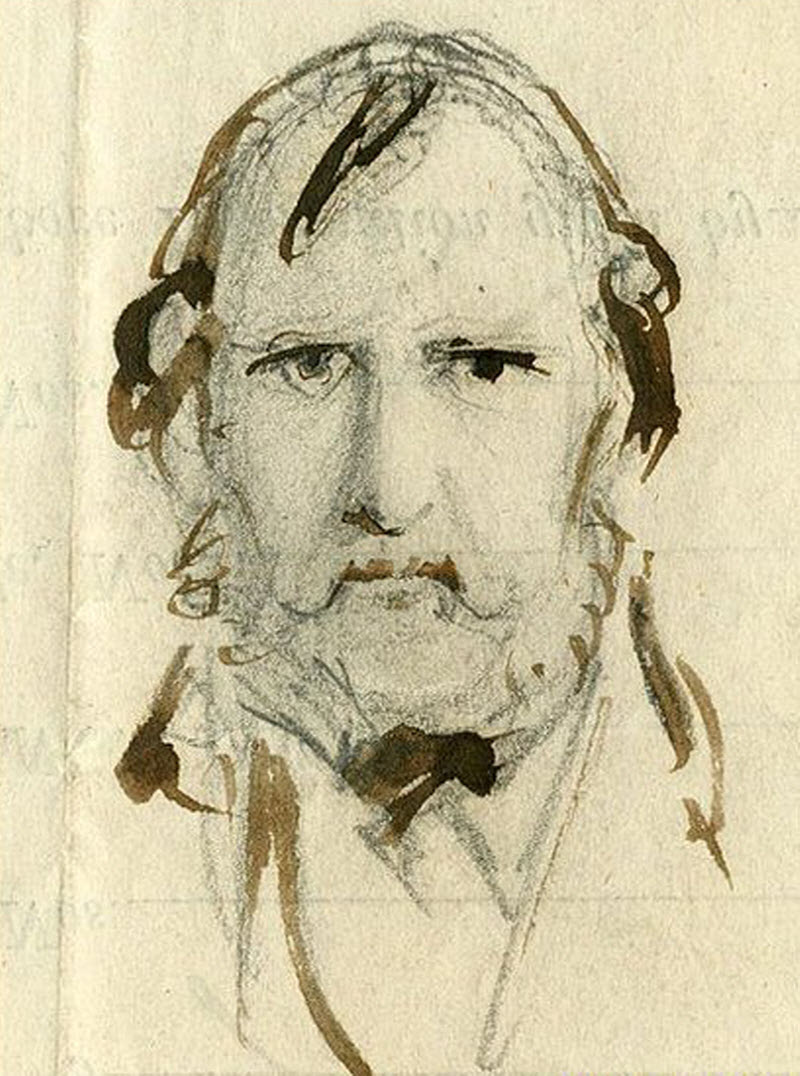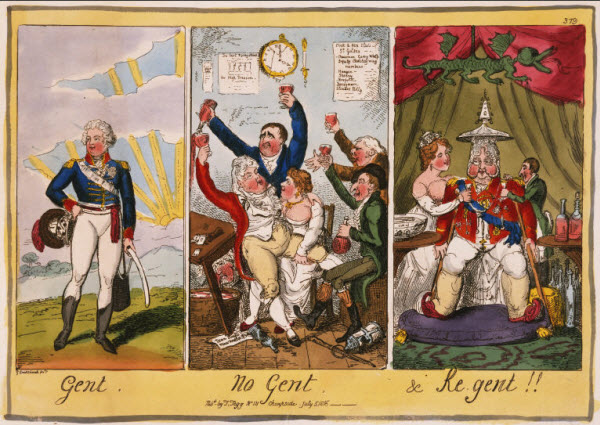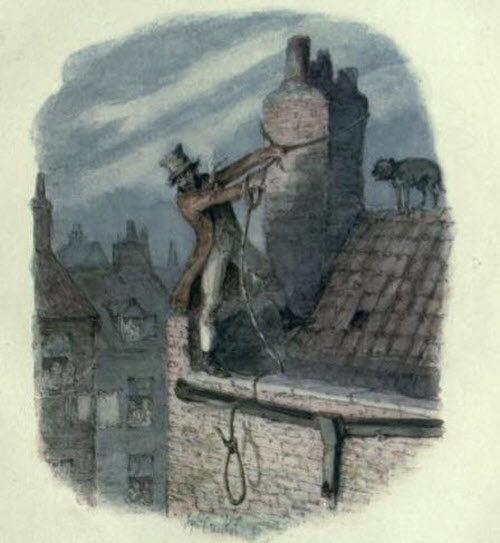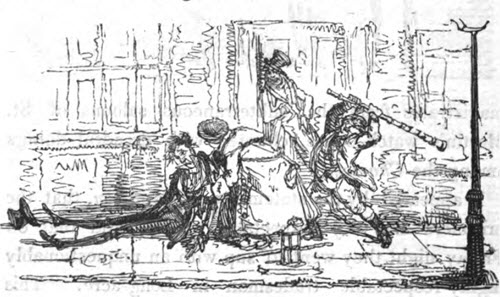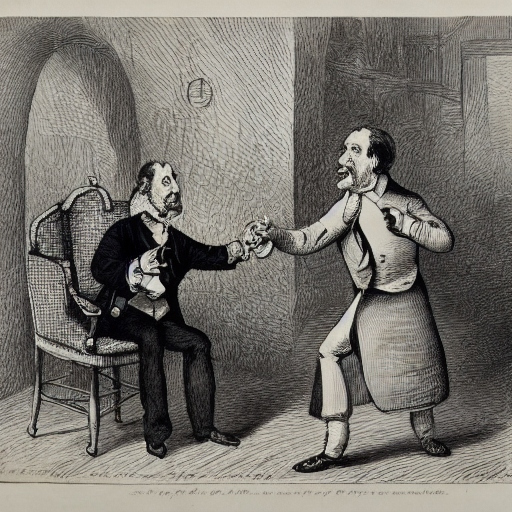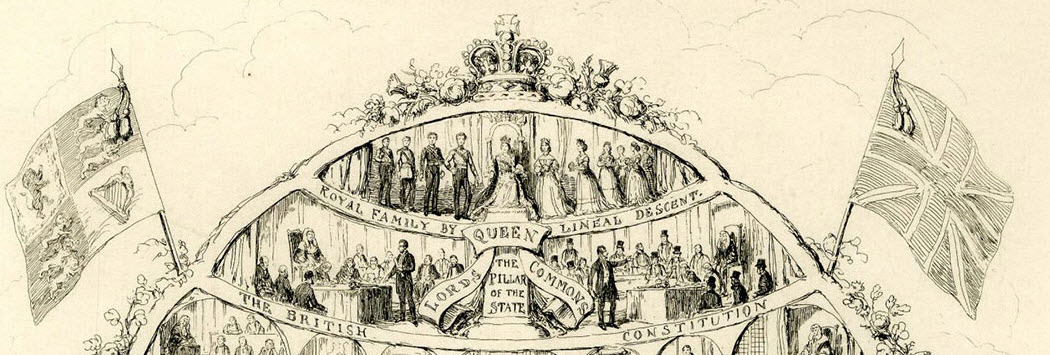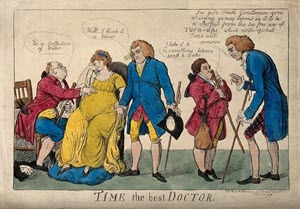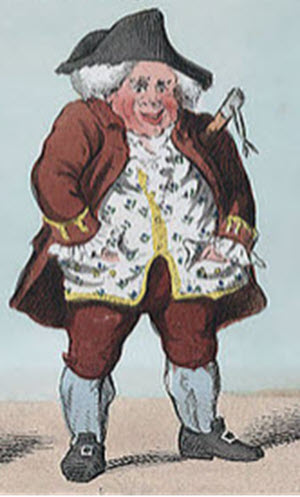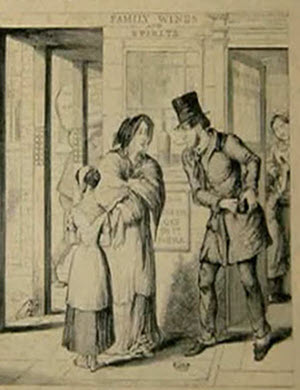Robert Cruikshank (known professionally as I.R. Cruikshank) was the older brother of George Cruikshank and the son of Isaac Cruikshank. Although a talented caricaturist and illustrator in his own right, Robert Cruikshank lived his life in the shadow of his older brother. An alcoholic, Robert lived a hard scrabble life typical of the gin addicts of the time.
He had initially rejected the artistic profession picked out for him by his father Isaac Cruikshank and had gone to sea when he was not even a teenager, serving as a midshipman on a British vessel sailing to India. A dispute with his captains resulted in young Robert Cruikshank being marooned on the remote island of St. Helena, where he remained for several years. In the meantime, his family mourned his passing, as they believed that he had been lost at sea.
Robert Cruikshank was eventually able to book passage back home to England and then gave up on being a merchant seaman. He joined his brother George in the family business of drawing caricatures for sale. He often collaborated with George but also created satirical drawings on his own. It is perhaps an indication of the extent that Robert was in his brother's artistic shadow, that Robert would often illustrate less successful sequels of books and collections of satirical miscellany that his brother George Cruikshank had put out first. For example, George Cruikshank illustrated a book called Points of Humour and Robert Cruikshank illustrated a follow up called Points of Misery.
Robert Cruikshank was never as successful as his brother, either commercially or artistically. He was a pathetic alcoholic and eventually the disease led to a physical decline and to Robert's death. His brother George despised alcohol because of what it had done to his brother and devoted himself to campaigning in favor of temperance. Despite his relative lack of success, Robert Cruikshank is now known as a pioneer of today's comic and illustrated novels: he developed the use of story lines that spanned several drawings, and the use of speech bubbles which are now ubiquitous, but which were ground breaking at the time.
